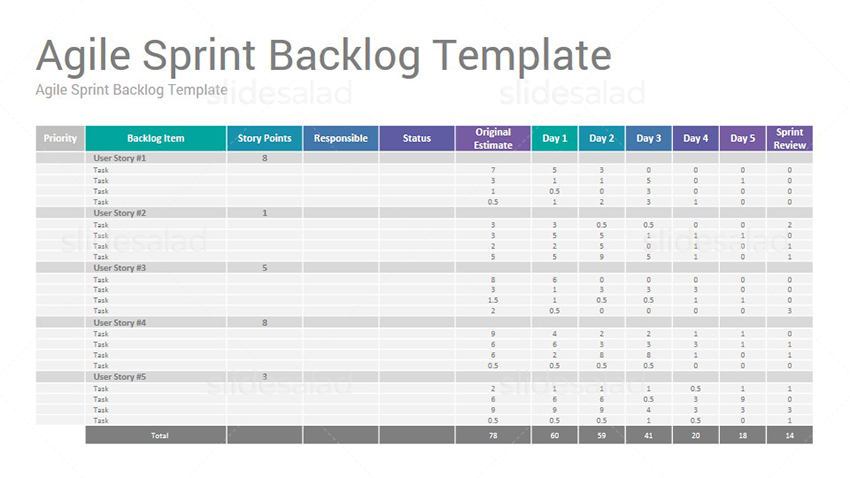

How come product owners and teams struggle to use the product backlog effectively? One of the reasons lies in the linear nature of a traditional product backlog: It is a list of “features, functions, technologies, enhancements, and bug fixes,” as Schwaber and Beedle (2002) write. Many backlogs don’t consider non-functional requirements and do not provide high priority items that are “ ready” – clear, testable and feasible. Most product backlogs I have come across either contain too much or too little information, ranging from literally a handful of user stories to many hundred items. Please see my post “ The Product Canvas” for more information.Ī Multidimensional, Nonlinear Product Backlog It extends the backlog board and connects personas with the product features. Please note that the product backlog board has been superseded by the Product Canvas, a new type of backlog designed for creating new products and for product updates aimed at new markets.

Picture by Imani Clovis, published on Unsplash under the Creative Commons Zero licenseĪre you struggling with your product backlog? Then try my Product Backlog Board, a structured hierarchical product backlog that helps make sure you have ready items, capture non-functional requirements, and integrate your requirement models.


 0 kommentar(er)
0 kommentar(er)
